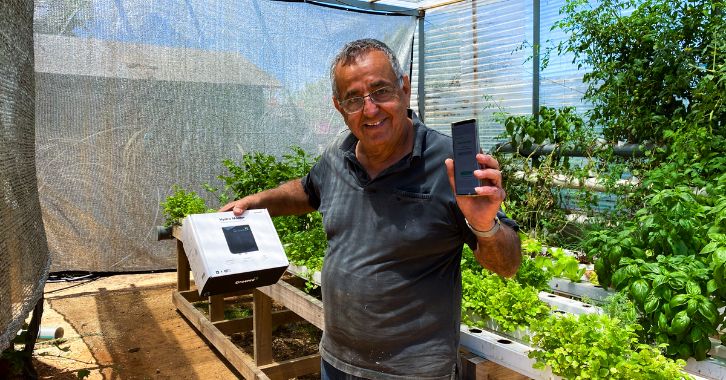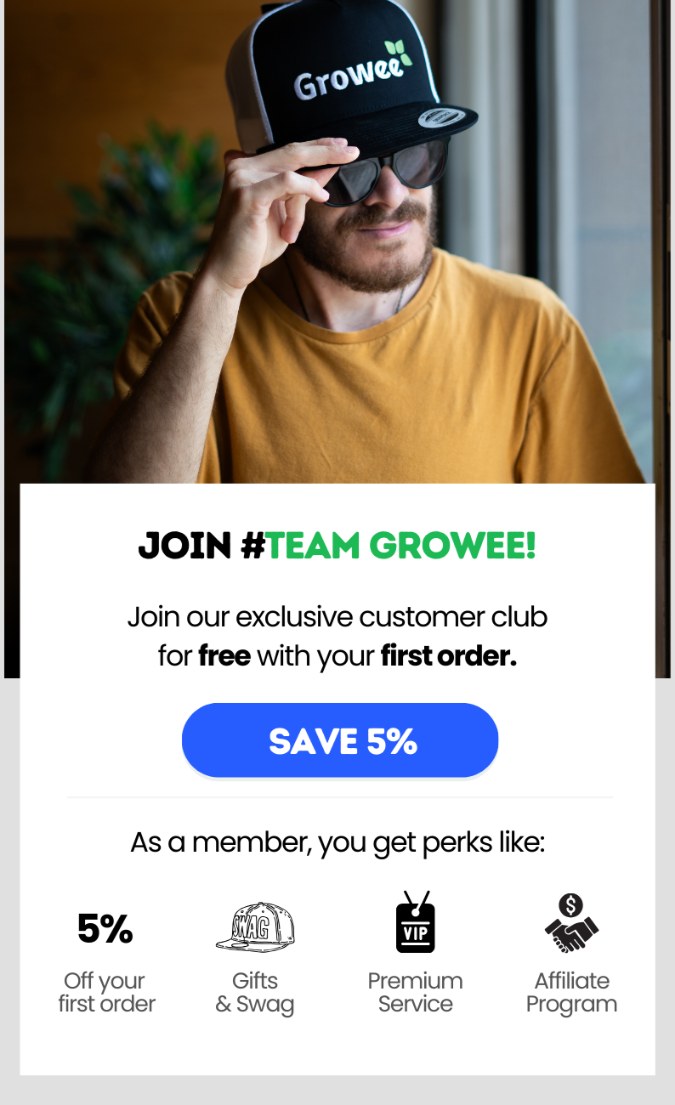In recent years, spinach, with its abundant nutritional value and health benefits, has gained quite a reputation among health-conscious individuals and green smoothie enthusiasts. This leafy green is packed with essential nutrients including vitamins A, C, K, and B2, along with iron, calcium, potassium, and magnesium, making it an undeniable powerhouse of nutrition.
The question many gardeners and growers are now asking is, can spinach cultivation be optimized using hydroponics? Hydroponics, a soil-less farming method that replaces traditional soil with nutrient-rich solutions, is gaining traction for its efficient use of resources and the ability to control the growing environment meticulously.
The Best Hydroponics System for Spinach:
Spinach thrives in systems that allow for even and continuous nutrient distribution. A Deep Water Culture (DWC) or Nutrient Film Technique (NFT) system is often recommended for spinach cultivation. These systems allow for excellent oxygenation and nutrient delivery, which are critical for the healthy and rapid growth of spinach.
Step By Step Guide To grow hydroponic spinach
- Seed Selection: Start by choosing high-quality spinach seeds from a reputable supplier. Different varieties offer different flavors and growth characteristics, so select one that suits your personal preference and the specific conditions of your hydroponic setup.
- Seed Preparation: Most spinach seeds don’t need any special preparation. However, to speed up germination, you might want to soak the seeds in water for 24 hours.
- Germination: Plant the seeds in a seed tray with rock wool or coco coir, which are traditional media used in hydroponics. Plant one seed per cube, inserting it about 1/4 inch into it. Mist the cubes with water and cover the tray with a humidity dome or plastic wrap. Keep the tray warm (between 60-75°F or 15-24°C), and the seeds should start germinating in about a week.
- Seedling Care: Once the seeds sprout, provide them with a low-intensity light source. You can use fluorescent lights or LED grow lights set to an 18-hour light schedule. Continue to keep the growth media moist but be careful not to overwater.
- Transplanting: When the seedlings develop 2-3 true leaves, you can transplant them to your hydroponic system. Handle the seedlings gently to avoid damaging the tender roots.
- Nutrient Solution: Now, prepare the solution according to the instructions provided by the manufacturer. The pH of the solution should be between 5.5 and 6.5, which is optimal for spinach. Remember, a tool like Growee can make managing this pH balance a breeze.
- Lighting and Temperature: Provide the spinach plants 10-14 hours of light daily. Keep the environment’s temperature between 50-80°F (10-27°C). Spinach prefers cooler conditions, so avoid letting the temperature exceed this range.
- Harvesting: You can start harvesting your spinach leaves as soon as they reach your desired size. Spinach can be harvested multiple times, as it will continue to grow new leaves.
See How Growee Can Save You Time By Automating Your Plants Feeding
Water pH – Automated pH Up and Down Control
Nutrients Mixing – Automated Nutrient Dosing with Target EC / PPM Control.
Control From Anywhere – WiFi Connection and mobile App
Understanding How pH Affects Spinach Growth:
Delving deeper into the intricacies of hydroponic spinach cultivation, recent studies have shed light on the critical role of pH in influencing spinach yield. pH, a measure of acidity or alkalinity, plays a pivotal role in nutrient availability and absorption, directly affecting plant health and yield.
A groundbreaking study found that lowering the nutrient solution pH significantly affected spinach growth. Specifically, the elemental concentrations are essential nutrients for plant growth – were lowest when spinach was grown at pH 4.0. This low pH also led to stunted plant growth, likely a result of hydronium ion damage.
Interestingly, spinach demonstrated regular shoot and root growth when grown at pH levels of 4.5, 5.0, and 5.5. Any reduction in shoot growth at pH levels of 4.5 and 5.0 seemed to be a result of decreased nutrient uptake rather than a direct effect of pH.
How to Maximum Your Spinach Yield In Hydroponics
Increasing nutrient concentrations effectively boosted plant yield growth to further optimize growth in low pH conditions. However, it didn’t completely restore the shoot’s fresh and dry weight to levels observed in control plants grown at standard nutrient concentrations and pH 5.5.
Future research is expected to delve into optimizing individual nutrient concentrations to understand nutrient dynamics under low pH conditions better. These studies might pave the way for spinach to be grown without significant reductions in shoot growth, even at lower pH levels, potentially providing a cost-effective disease control method in hydroponic systems.

Leveraging Growee for Simplified pH Management in Spinach Hydroponics:
One of the major challenges in hydroponic gardening is the careful maintenance of pH levels. However, technology has stepped in to turn this complex task into an effortless and automated process, thanks to innovations like Growee.
Growee is a smart hydroponic assistant designed to simplify and automate pH regulation in your hydroponic system. It eliminates the constant need to monitor and manually adjust pH levels, thus making hydroponic gardening more accessible and less labor-intensive.
The device operates on an advanced algorithm that continuously measures the pH levels in your system, triggering adjustments as needed. When the pH levels go beyond the ideal range for spinach (typically between 5.5 and 6.5), Growee instantly takes action. It adds pH adjusters to the nutrient solution, effectively maintaining the perfect pH balance for your spinach to thrive.
Using Growee for your spinach hydroponics also allows you to focus more on optimizing other growth factors, like lighting and nutrient concentrations, ensuring you get the highest yields. Integrating Growee into your hydroponic system brings the future of automated, efficient, and high-yielding farming to your doorstep.
This intuitive technology is a game-changer for both beginners and experienced hydroponic enthusiasts. So, if you’re keen on growing nutritious and healthy spinach in the most efficient way possible, let Growee take care of pH management while you sit back, relax, and watch your greens flourish.
Conclusion
As the popularity of hydroponics continues to surge, understanding the nuances of nutrient and pH management becomes paramount. For spinach, optimizing pH levels and nutrient concentrations promises higher yields and a pathway to more sustainable and resilient farming practices. As we continue to explore these techniques, the future of spinach cultivation in hydroponics seems green and promising.
FAQ
Can spinach be grown hydroponically?
Yes, spinach can be successfully grown in a hydroponic system. Hydroponics allows for greater control over nutrient uptake and growing conditions, which can enhance the growth and yield of spinach.
Do hydroponic spinach taste better?
Many people find that hydroponically grown spinach has a fresher, cleaner taste due to the controlled growing environment, which often leads to healthier, more nutrient-dense plants.
How long does it take to grow spinach hydroponically?
On average, hydroponically grown spinach is ready for harvest within 4 to 6 weeks from seeding.
How much light do hydroponic spinach need?
Hydroponic spinach requires around 10-14 hours of light per day. Both natural and artificial light sources can be used.
What pH should hydroponic spinach be?
The optimal pH for hydroponic spinach growth is between 5.5 and 6.5.
Is spinach better hydroponic or soil?
While both methods have their benefits, hydroponics often allows for faster growth, higher yields, and better control over nutrients and pH levels.
Does hydroponic spinach need sunlight?
Hydroponic spinach needs light, but it doesn’t necessarily have to be sunlight. Artificial grow lights can provide the necessary light exposure.
How does Growee contribute to the growth of hydroponic spinach?
Growee automates pH regulation in your hydroponic system, which is crucial for optimal nutrient uptake. It actively maintains the ideal pH balance, promoting healthy spinach growth and maximizing yields.
Is Growee a valuable tool for beginners in hydroponic gardening?
Yes, Growee is incredibly beneficial for beginners. It simplifies pH management, a challenging aspect of hydroponics, saving time and effort and enhancing the success rate of new growers.



